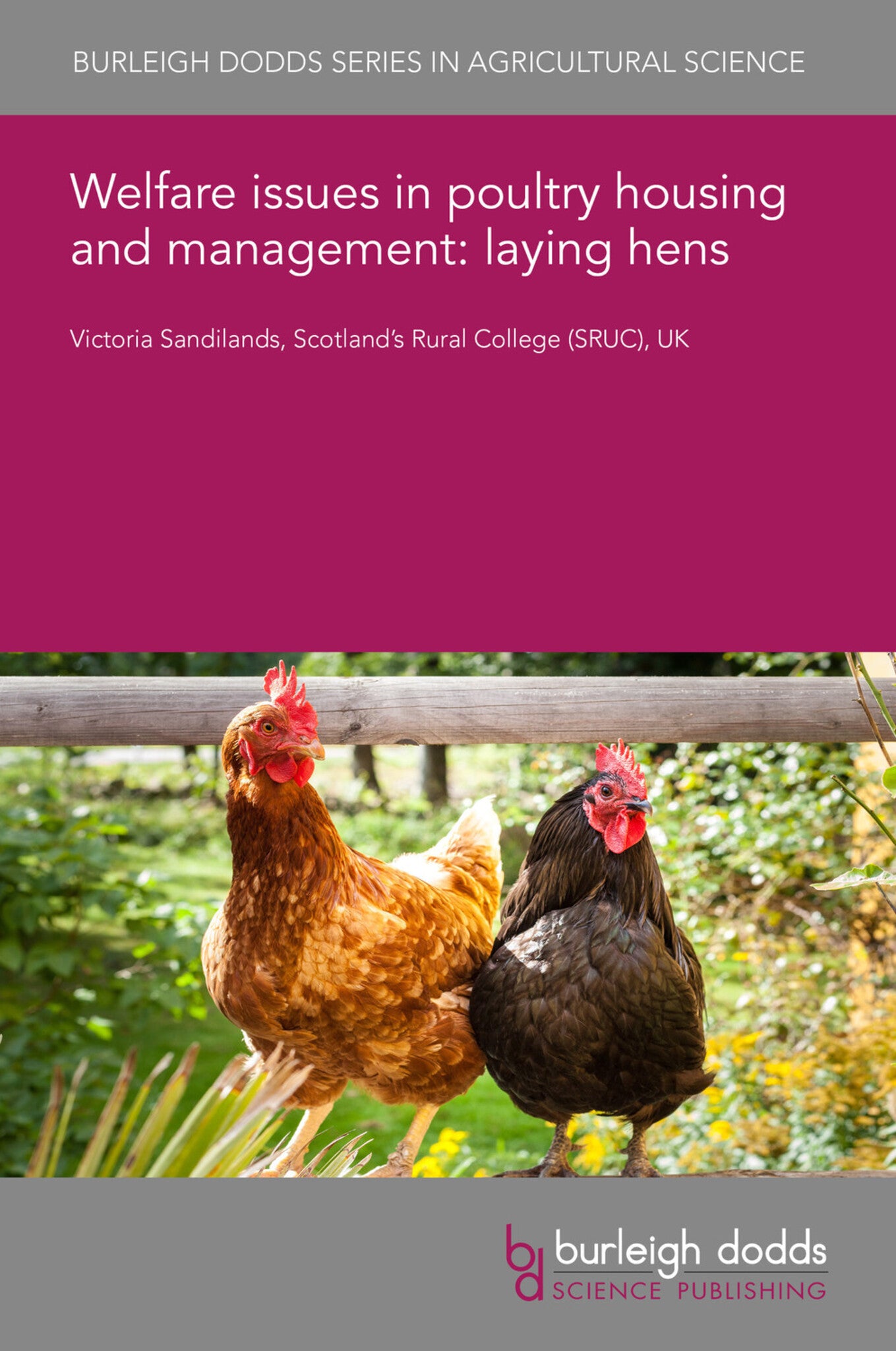We're sorry. An error has occurred
Please cancel or retry.
Welfare issues in poultry housing and management: laying hens
Regular price
£25.00
Sale price
£25.00
Regular price
£25.00
Unit price
/
per
Sale
Sold out
Re-stocking soon
Laying hens produce a large number of eggs on an annual basis. In recent years, permitted housing methods in the EU have changed to enriched cages and cage-free systems (i.e. barn, free-range and o...
Read More

Some error occured while loading the Quick View. Please close the Quick View and try reloading the page.
Couldn't load pickup availability
- Format:
-
28 September 2020

Laying hens produce a large number of eggs on an annual basis. In recent years, permitted housing methods in the EU have changed to enriched cages and cage-free systems (i.e. barn, free-range and organic production methods), but worldwide hens are still also housed in conventional cages. The various characteristics of these systems are discussed. Different systems have various pros and cons with regards to bird welfare. Conventionally-caged hens have weaker bones and lack behavioural freedom, whereas hens from enriched cages benefit from some improvements such as nest boxes, perches, greater space, and litter for pecking and scratching. Cage-free hens have the most behavioural freedom and better bone strength, but they are also at risk of greater keel bone damage (particularly with multi-tier structures), exposure to pathogens (particularly with free-range and organic), and greater mortality. Improvements to reduce keel bone damage in particular are considered.

Price: £25.00
Publisher: Burleigh Dodds Science Publishing
Imprint: Burleigh Dodds Science Publishing
Series: Burleigh Dodds Series in Agricultural Science
Publication Date:
28 September 2020
ISBN: 9781786768759
Format: eBook
BISACs:
TECHNOLOGY & ENGINEERING / Agriculture / Animal Husbandry, Poultry farming, TECHNOLOGY & ENGINEERING / Agriculture / Sustainable Agriculture, Sustainable agriculture

1 Introduction 2 Conventional cages 3 Enriched cages 4 Cage-free housing 5 Conclusion 6 Where to look for further information 7 References



